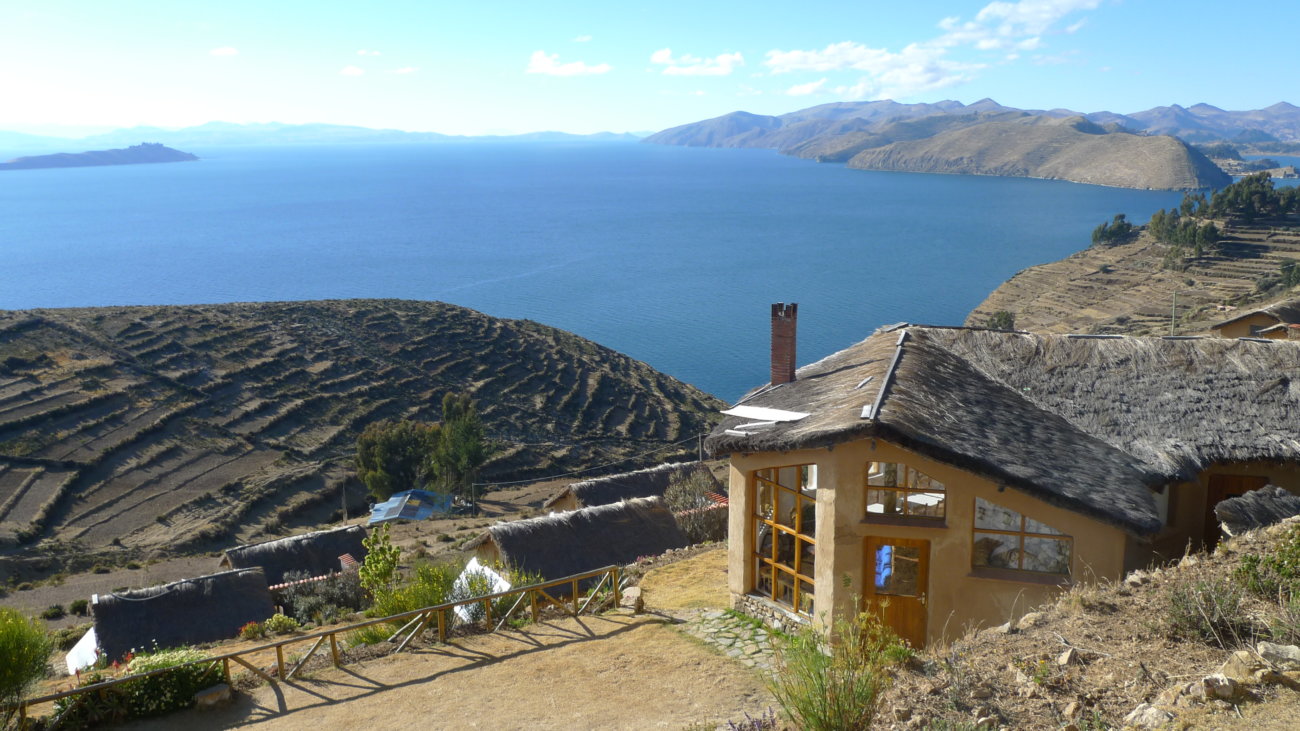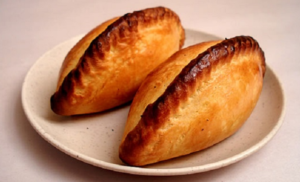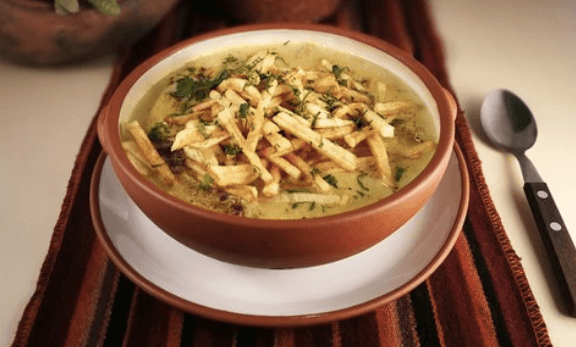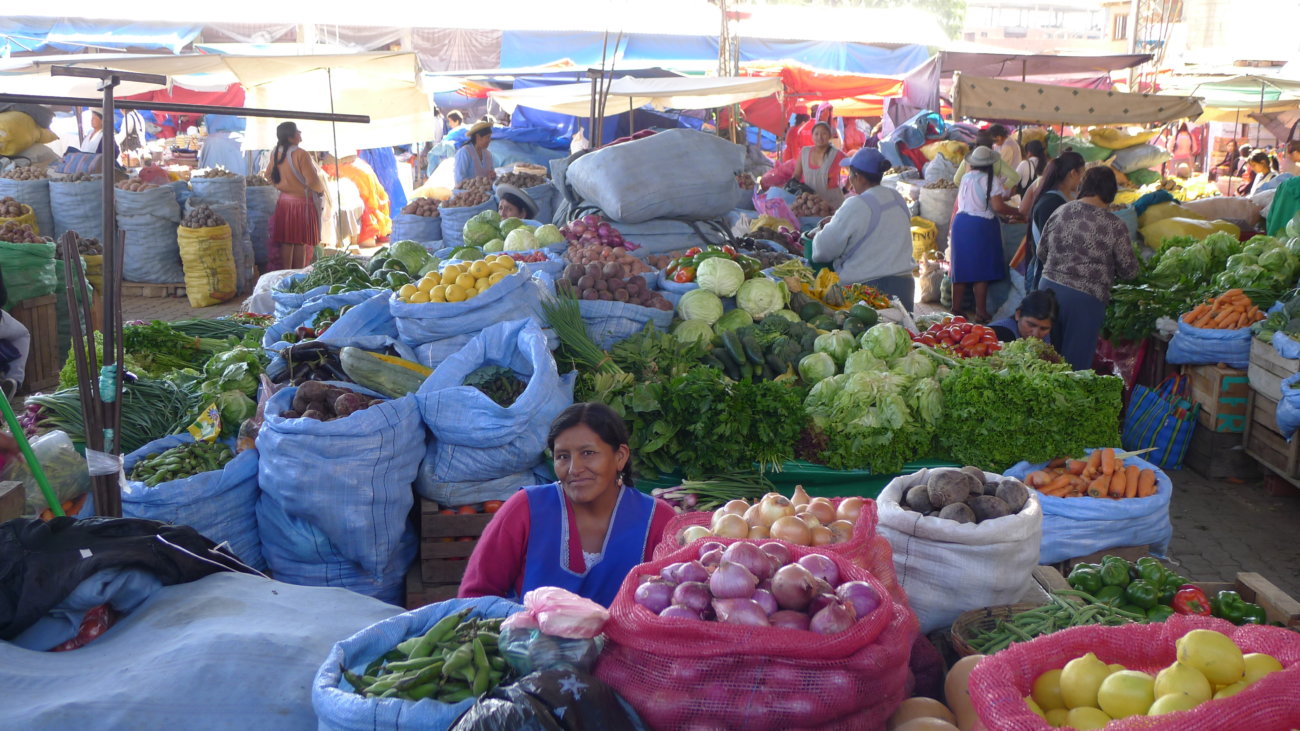
Is it true that this beautiful, little discovered country in the middle of South America is a new food destination? Indeed, it is.
It used to be the lowly potato—of which 4,000 varieties exist in the Andes—that was the food item which most foreigners thought of regarding Bolivia. Then Bolivian quinoa arrived in health food stores in the US. Its sudden popularity made it expensive for Bolivians to purchase.
Thanks to a chef from Europe, Claus Meyer (of Noma fame), the capital of La Paz is now a hotbed of new restaurants serving a new Bolivian cuisine. He should know his way around a kitchen as 3 of his restaurants in Europe have placed on the World’s 50 Best Restaurants.
Gustu is the restaurant and cooking school which he started in La Paz in 2012. All the products used in their dishes and drinks are exclusively born, planted, developed and raised in Bolivia. He calls it a “kilometer 0 philosophy” and it has spread to other restaurants in La Paz. We plan to enjoy a meal at Gustu during our Bolivia & Machu Picchu Tour in September. Join the tour!
Salteñas
Aside from this recent infusion of creative cuisine, I love some of the traditional foods which have brought me pleasure when in Bolivia. One of my favorites is the little Salteña—which is really a Bolivian empanada.

What distinguishes the salteña from the empanada is the “braided” seam that keeps it closed while it is baked. It is baked upright and not on its side as empanadas are. It is important to eat them from the top so that the juices do not spill out on your clothes!
In the cities, you find salteñas as a quick and savory treat enjoyed for breakfast or as a mid-morning snack. They are the ultimate Bolivian street food, filled with a juicy mixture of meat (chicken, beef, or pork), peas, carrots, olives, raisins, potatoes, and hard-boiled eggs. You can tell a good Salteñeria when there is a crowd of people out front, eating warm salteñas.
Bolivian Trout
Another delicious Bolivian dish is trucha (trout) caught in the waters of Lake Titicaca. The deep blue color of Lake Titicaca surrounded by the white snow-capped Andes mountains makes for one of the most beautiful landscapes I know. We stay at an ecolodge on the Island of the Sun (Isla del Sol) located in the middle of Lake Titicaca. With such an incredible view of the lake and the mountains, a Bolivian trout dish tastes even better!

The trout can be cooked using a variety of methods. Grilled is the option I prefer. The fish is sprinkled with fresh lemon juice and is usually served with a side portion of rice, salad and choclo. Choclo is a large kernel variety of field corn found in the Andes.
Peanut Soup
Another popular traditional dish is a delicious soup called sopa de mani or peanut soup. It is my favorite soup in a land of many soups. It is loaded with peanut flavor and often has pasta and vegetables as well. Usually it is served as the entrée for a Bolivian almuerzo (lunch).

A Big Mac?
Bolivia offers a wonderful combination of traditional and new cuisine. However, one food you will not find is a Big Mac hamburger. Bolivia is one of the few countries in the world where you cannot find a McDonalds. After a short span in Bolivia, McDonald’s shut all its franchises due to the enormous decline in the sales. The first branch of McDonald’s in Bolivia opened in 1997 and the business was wrapped up completely in 2002. The franchise failed because Bolivians did not trust the brand; it was considered unhealthy and unhygienic. Do they know something that we don’t? Don’t worry if you are a hamburger lover. We will take you to a variety of international restaurants in addition to traditional Bolivian eateries. There is food for all tastes, and we take you to markets where the fresh ingredients are found. Yum!

Upcoming Tours
Bolivia & Machu Picchu: September 11 – 25, 2019
New Cuba Tour to Santiago & Eastern Cuba: February 13 – 25, 2020
South Africa Safari: May 2020
